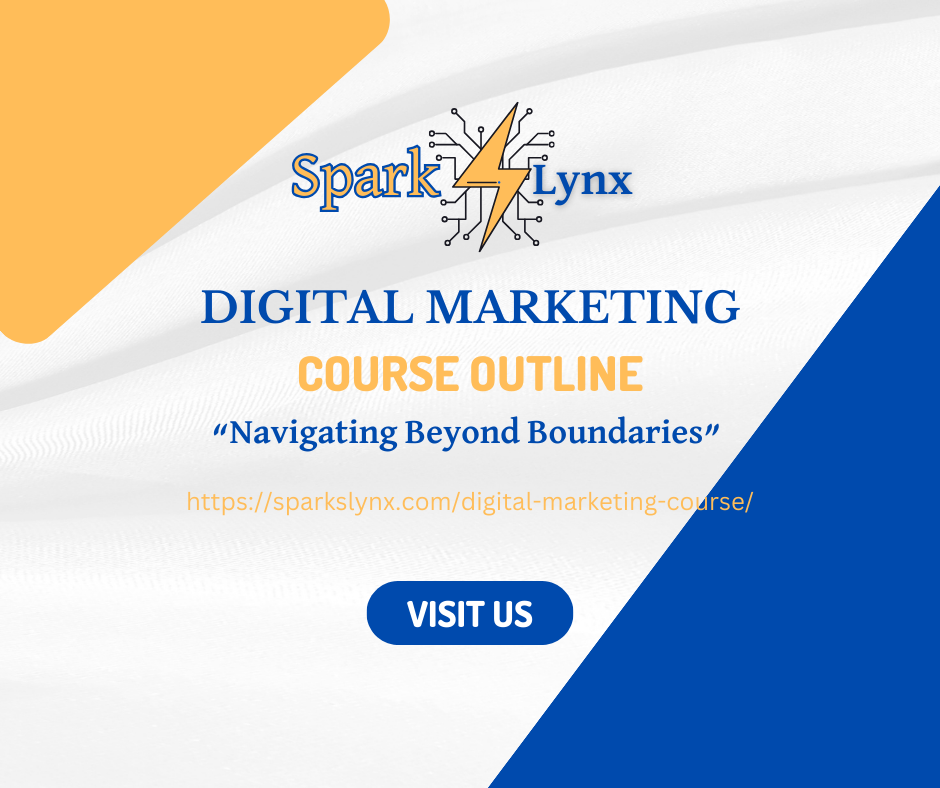In the digital age, Online advertising has become a cornerstone of marketing strategies for businesses of all sizes. With the internet’s vast reach and diverse platforms, businesses have unparalleled opportunities to connect with their target audiences, drive traffic, and increase sales. This comprehensive guide explores the world of online advertising, its benefits, types, and best practices to help you master this essential component of modern marketing.
The Power of Online Advertising
Online advertising, also known as digital advertising, leverages the internet to deliver promotional messages to consumers. It encompasses various formats, including display ads, search engine marketing (SEM), social media ads, video ads, and more. The primary advantage of online advertising is its ability to reach a vast and highly targeted audience.
Key Benefits of Online Advertising
- Targeted Reach: Online advertising platforms offer advanced targeting options based on demographics, interests, behaviors, and location. This ensures your ads reach the most relevant audience, increasing the likelihood of engagement and conversions.
- Cost-Effectiveness: Digital advertising allows for precise budget control. With models like pay-per-click (PPC), you only pay when a user interacts with your ad, ensuring efficient use of your marketing budget.
- Measurable Results: Online advertising provides detailed analytics and performance metrics. You can track impressions, clicks, conversions, and more, allowing for data-driven decision-making and continuous optimization.
- Flexibility and Scalability: Digital campaigns can be easily adjusted in real-time to respond to market trends, seasonal changes, or new business objectives. This flexibility helps businesses stay competitive and agile.
- Enhanced Engagement: Interactive ad formats, such as video and social media ads, foster higher engagement rates. These ads can capture attention, convey messages more effectively, and encourage user interaction.
Types of Online Advertising
Online advertising encompasses various formats and channels, each offering unique advantages. Understanding these types can help you choose the best strategies for your business.
1. Search Engine Marketing (SEM)
SEM involves placing ads on search engine results pages (SERPs) through platforms like Google Ads. When users search for keywords related to your products or services, your ads appear at the top or bottom of the SERPs.
- Benefits: High intent, immediate visibility, measurable results.
- Best Practices: Conduct thorough keyword research, use compelling ad copy, and continuously optimize bids and ad quality.
2. Display Advertising
Display ads are visual advertisements that appear on websites, apps, and social media platforms. They can be images, videos, or interactive media.
- Benefits: Broad reach, visual appeal, retargeting capabilities.
- Best Practices: Design eye-catching visuals, use clear calls-to-action (CTAs), and leverage retargeting to re-engage previous visitors.
3. Social Media Advertising
Social media platforms like Facebook, Instagram, Twitter, and LinkedIn offer advertising options that allow businesses to target users based on their social media activity, interests, and demographics.
- Benefits: Highly targeted, engaging formats, extensive reach.
- Best Practices: Tailor ads to each platform, use high-quality visuals, and engage with users through comments and messages.
4. Video Advertising
Video ads appear on platforms like YouTube, social media, and streaming services. They can be pre-roll (before content), mid-roll (during content), or post-roll (after content).
- Benefits: High engagement, storytelling potential, broad reach.
- Best Practices: Create compelling stories, keep videos short and impactful, and include strong CTAs.
5. Native Advertising
Native ads blend seamlessly with the content on the platform where they appear, providing a non-disruptive user experience. Examples include sponsored articles and in-feed social media ads.
- Benefits: Non-intrusive, high engagement, credibility.
- Best Practices: Ensure ads match the platform’s style, provide valuable content, and avoid overly promotional language.
6. Email Marketing
While not traditionally considered “advertising,” email marketing remains a powerful online marketing tool. Businesses send promotional messages directly to users’ inboxes, fostering a direct line of communication.
- Benefits: Direct reach, personalization, high ROI.
- Best Practices: Segment your email list, personalize messages, and include clear CTAs.
Effective Online Advertising
To maximize the impact of your online advertising efforts, follow these best practices:
1. Define Clear Goals
Set specific, measurable objectives for your campaigns. Whether it’s increasing website traffic, generating leads, or boosting sales, having clear goals helps you focus your efforts and measure success.
2. Understand Your Audience
Conduct thorough research to understand your target audience’s demographics, interests, and online behaviors. This knowledge allows you to tailor your ads to resonate with your audience, improving engagement and conversions.
3. Create Compelling Content
Your ads should capture attention and convey your message effectively. Use high-quality visuals, engaging headlines, and clear CTAs. For video ads, storytelling can be particularly powerful.
4. Optimize for Mobile
With a significant portion of internet users accessing content via mobile devices, ensure your ads are mobile-friendly. Responsive design and fast loading times are crucial for a positive user experience.
5. Leverage Retargeting
Retargeting allows you to reach users who have previously interacted with your website or ads. This technique keeps your brand top-of-mind and encourages users to complete desired actions, such as making a purchase.
6. Monitor and Adjust Campaigns
Continuous monitoring and optimization are key to successful online advertising. Use analytics to track performance, identify trends, and make data-driven adjustments to improve results.
7. Test and Experiment Online Advertising
A/B testing different ad variations helps you determine what works best. Experiment with different headlines, visuals, CTAs, and targeting options to find the most effective combinations.
Conclusion
Online advertising offers businesses a powerful way to reach and engage their target audiences, drive traffic, and boost sales. By understanding the various types of online ads, leveraging best practices, and continually optimizing your efforts, you can master this essential marketing tool. Whether you’re a small business or a large enterprise, the strategic use of online advertising can significantly enhance your digital presence and contribute to your overall success.
Ready to take your online advertising to the next level? Contact us today to discover how our expert services can help you achieve your marketing goals. Let’s work together to create compelling campaigns that drive results and elevate your brand in the digital marketplace.


